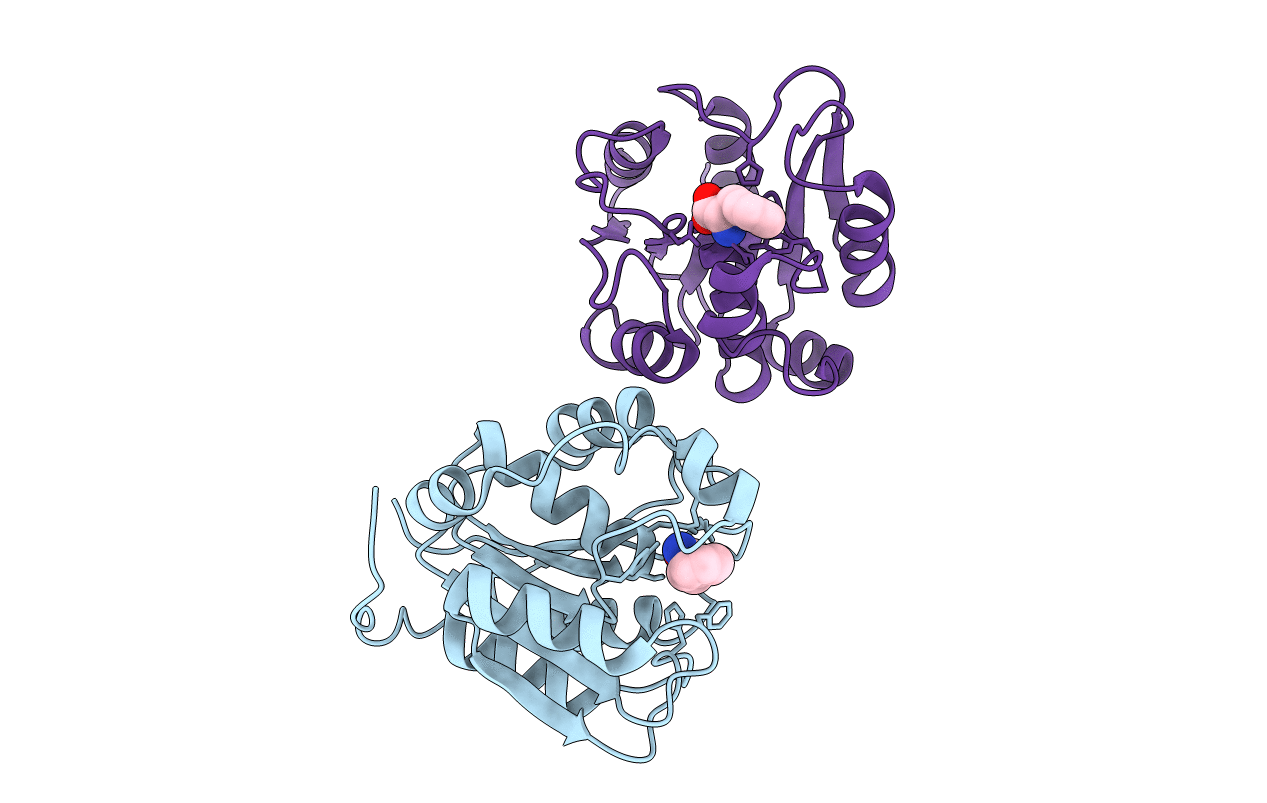
Deposition Date
2021-05-04
Release Date
2021-12-22
Last Version Date
2024-01-31
Method Details:
Experimental Method:
Resolution:
1.51 Å
R-Value Free:
0.19
R-Value Work:
0.16
R-Value Observed:
0.16
Space Group:
P 1 21 1


